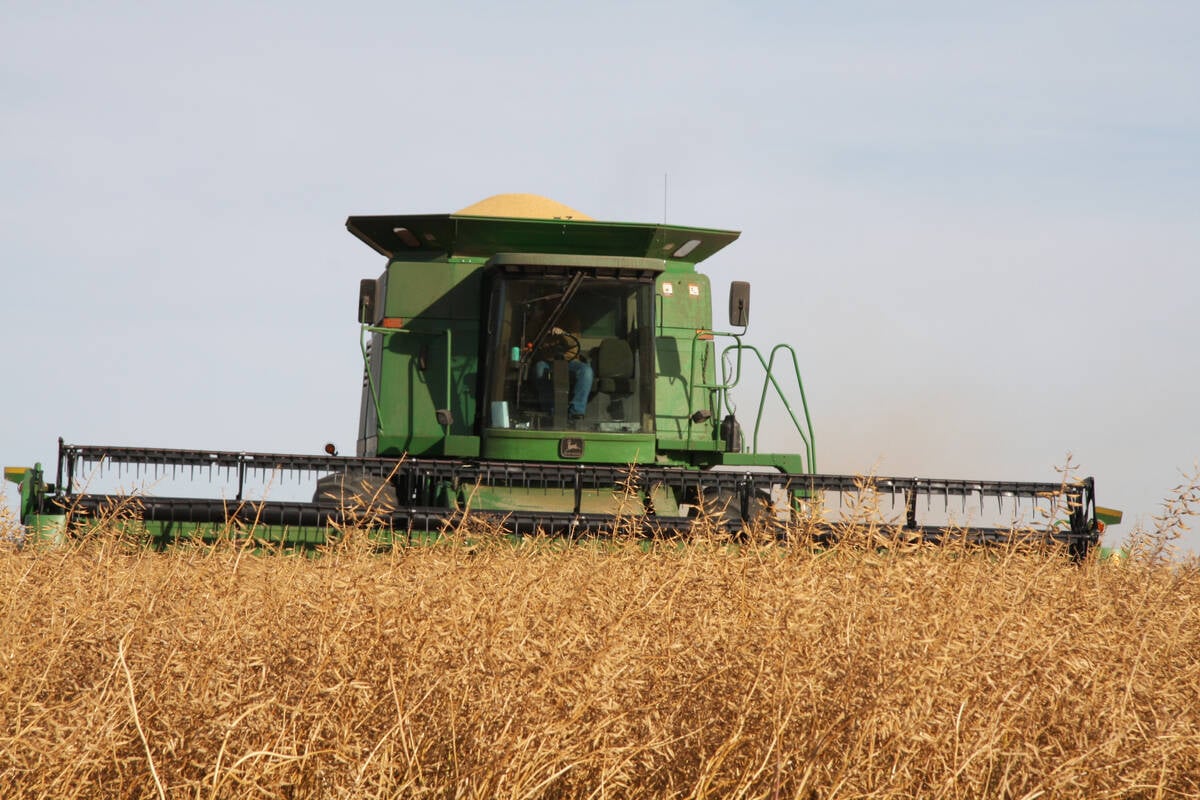An analysis of Canadian wheat suggests that the crop is an ideal feed ingredient for monogastric livestock species such as pigs and poultry.
Canadian Bio-Systems released the findings of its 2015-16 wheat survey this week and concluded that Canadian grown wheat offers nutritional and chemical properties as good or better than those recorded in wheat produced in other parts of the world.
The survey determined that wheat samples collected in Ontario, Manitoba, Saskatchewan and Alberta showed significant differences in compositional quality, depending on the growing region and the variety sampled.
Read Also

Mustard processor expands in southern Alberta
$30 million expansion for southern Alberta mustard facility adds milling capacity to largest supplier in the world of value-added milled mustard products
However, the overall conclusion is that Canadian wheat formulated into commercial feed rations for monogastric animals “meets and in most cases exceeds what has been reported for wheat in other parts of the world,” including the United States and Europe.
“The 2015-16 survey results confirm that Canadian wheat is a high quality ingredient for livestock feed,” said the survey.
Canadian Bio-Systems is a Calgary based company that re-searches and develops products used in feed, food, industrial and environmental applications.
Mark Peters, director of sales and marketing with CBS, said the survey gives researchers and feed formulators a better understanding of what needs to be done to get more nutrition out of locally grown feed ingredients.
“Our main focus at CBS is developing multi-carbohydrate enzyme technologies, so looking at how we can maximize the amount of nutrients that we can pull out of these feed ingredients … when we feed pigs and poultry,” Peters said.
“It all comes down to getting a more precise understanding of the components of what we’re feeding and then looking for ways to release as much nutrition as we can.”
Samples were analyzed at the University of Manitoba for chemical and nutritional properties such as crude protein, starch, fibre and soluble and insoluble non-starch polysaccarides.
Peters said insoluble non-starch polysaccarides (NSPs) are of particular interest to feeders because the energy they contain are indigestible and therefore can’t be used by livestock without the help of specialized feed additives.
“Once we have that analysis … we can target those indigestible components and drive more nutrients out of those locally grown feeds,” he said.
The survey found average starch levels of 55.5 percent, crude protein levels of 13.8 percent and NSPs of 8.4 percent.
Total NSP content comprised 21.9 percent soluble and 78.1 percent non-soluble.
Total phosphorus content was .36 percent, comprising .27 percent phytate and .09 percent non-phytate.
The survey suggested that starch, fibre, NSP and phosphorus levels were similar across all four provinces.
However, crude protein levels were more variable: 15.54 percent in Alberta, 14.21 percent in Saskatchewan, 13.39 percent in Manitoba and 11.97 percent in Ontario.
Hard red spring varieties are more commonly grown in Western Canada while soft winter varieties are more common in Ontario.
Peters said that despite regional variations and nutritional differences between wheat classes and varieties, Canadian wheat on the whole represents a good feed source with generally consistent properties.

















